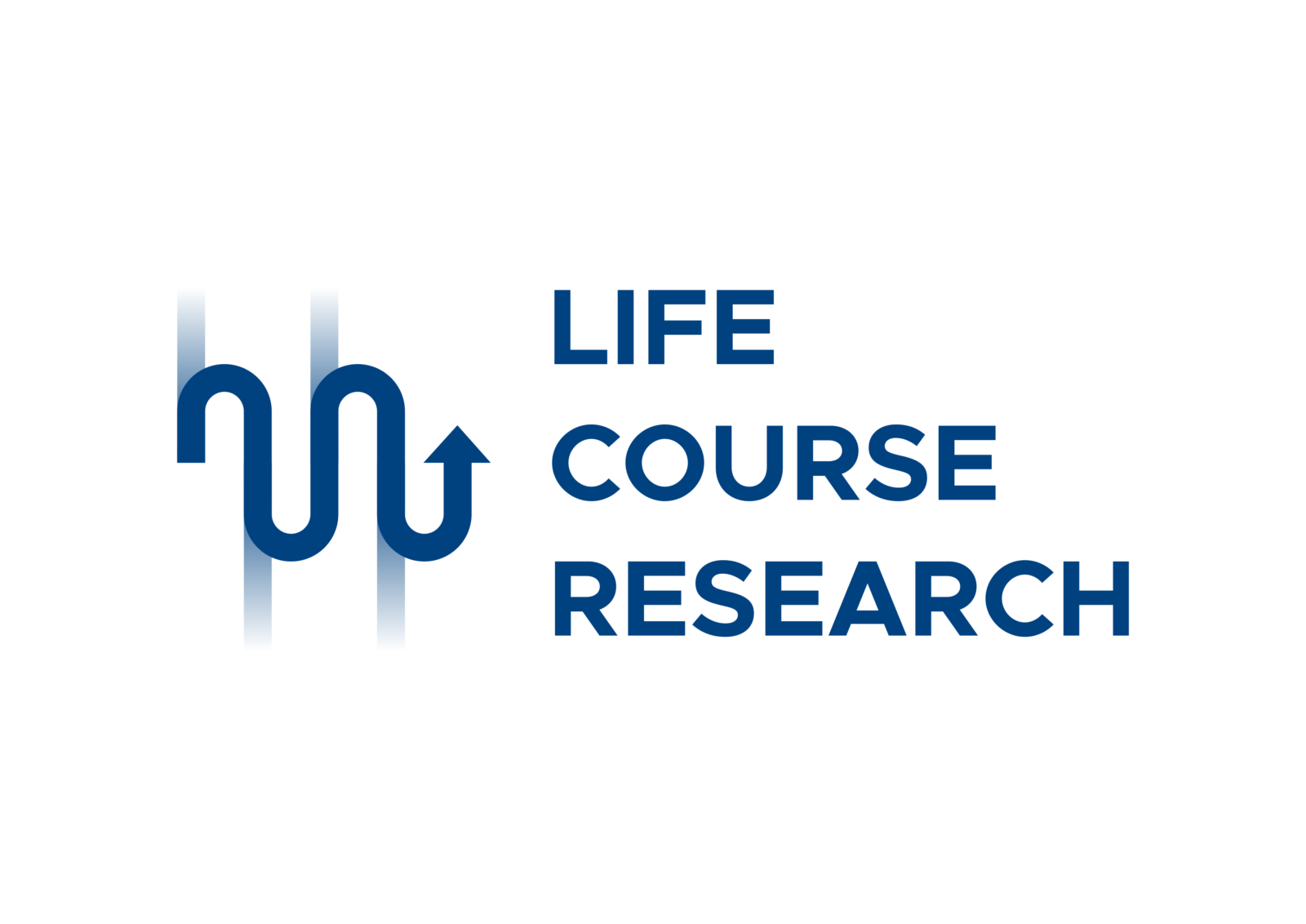ReserHealth and muscles: the importance of muscle strength in mature age
Physiological aging is associated with a variety of biological events for organs and systems, even in the absence of diseases. These changes include the skeletal muscle system, protagonist of autonomy in the management of daily life activities. In particular, already after 30 years of age, there is a continuous loss of muscle mass and strength, with repercussions on bone quality (osteoporosis or osteopenia), on balance (falls), but also metabolic (overweight , obesity and sarcopenic obesity) and neurological fields (cognitive impairment and dementia). These factors push the elderly towards frailty or non-self-sufficiency and mainly affect the reduction of the physiological resilience capacity: that is the recovery after injuries or illnesses, and increase personal vulnerability. For these reasons, scientific societies strongly talk about the importance of prevention also through the treatment of muscle mass reduction, with appropriate approaches based on exercise and its programming, using external resistances such as weights, machines or rubber bands. Current research has shown that training counteracts the loss of muscle function and is a powerful intervention against the debilitating consequences of physical functioning and mobility, independence, management of acute and chronic diseases, psychological well-being, quality of life and healthy life expectancy. These are the fundations for successful aging.
In other words, with more strength and muscle mass you get a certain amount of “health reserve” to be used, for example, to support a joint with arthrosis, or following an illness or injury or an hospitalization
In this short article, we summarize the key points of strength training according to the NSCA (National Strength and Conditioning Association, USA), also recommended by the WHO guidelines of 2020.
- A well-designed and well-explained weight training program,for the healthy older person, is safe and effective. It should be individualized, periodized and progressive. It should be done 2-3 times a week. It should consist of 2-3 specific exercises for both arms, trunk and legs.
- So arranged, training can slow down the physiological decay function, improve strength, muscle mass and functional parameters and therefore physical independence, through neuromuscular, neuroendocrine and hormonal adaptations.
- The benefits are reflected in the maintenance of mobility and autonomy, also through the improvement of balance and the psycho-social environment.
- With appropriate adaptations and cautions, it is possible to propose the program also to frail elderly people and / or with chronic diseases with the same benefits.
In conclusion, with appropriate methodology and health assessment, it is possible to counteract the negative consequences of aging, including weight lifting in the correct “movement diet”, in association with fast walking and balance training.
Good workout!
by Agatino Sanguedolce and Carmela Rinaldi
Bibliography
Resistance Training for Older Adults: Position Statement From the National Strength and Conditioning Association.
Fragala MS, Cadore EL, Dorgo S, Izquierdo M, Kraemer WJ, Peterson MD, Ryan ED.
J Strength Cond Res. 2019 Aug; 33 (8): 2019-2052. doi: 10.1519 / JSC.0000000000003230. PMID: 31343601 Review.



